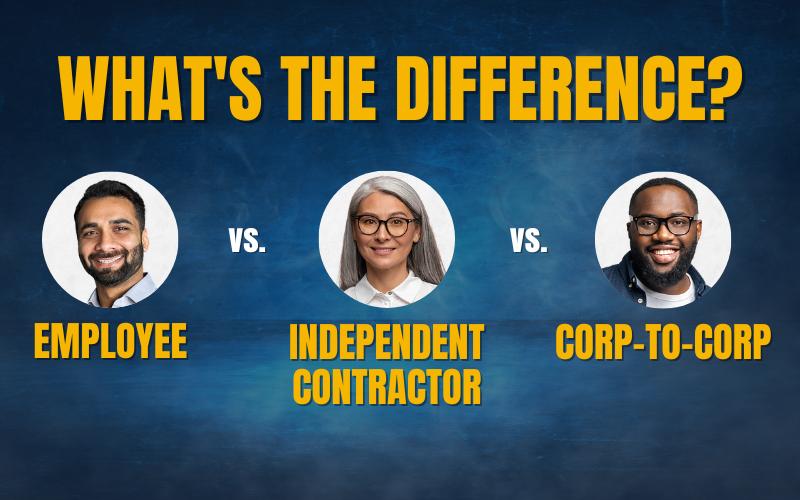By Peter Limone, President and CFO
The most dreaded event in HR? It’s not healthcare enrollment, job fairs, or even tax time. It’s employee review day.
Why? At many companies, “Can you pull last year’s reviews and performance raises?” is no simple request. It requires an HR generalist to spend hours searching for paper files, hunting down dates, building spreadsheets, and emailing managers.
It’s slow, stressful, and for the broader company, it’s expensive.
The Hero HR Needs
Fortunately, HR software solutions can help HR see employee review day in a different light. For a department that spends up to 80 percent of its time on administration, self-service software can provide serious efficiency gains. Even for small HR teams, according to the Society for Human Resource Management Foundation, it can save 10 hours to 15 hours per week and cut recruitment costs by $8,000 per hire.
Don’t believe it? Ask your HR team how much time they spend chasing new hires about benefits eligibility. A great self-service system facilitates timely enrollment with email reminders, links to sign up, and credential storage.
If your company is involved in a lawsuit, such a system becomes even more valuable. If an employee cries, “wage theft,” will you be able to prove otherwise? Can you easily find months-old time cards and check stubs? With the right HR platform, you can.
Now, all this isn’t to say implementing companywide HR software is cheap. Depending on your company size and platform choice, implementation can cost hundreds of thousands of dollars. But the savings add up. The right software can save dozens of HR hours every week, curtail recruitment costs, and stop costly litigation before it starts.
What Do Workers Want?
Should you decide to implement new HR software, how can you know what features and functionality your employees and HR team want? Select one with the following capabilities:
1. Simple security.
Any HR system worth its salt should provide security without sacrificing accessibility. At Innovative Employee Solutions, for example, we house employee time cards within a software-as-a-service system.
And while the system’s two-factor authentication keeps data secure, it locks users out after just a few failed login attempts. Clunky credential retrieval tools also create confusion. The result? Constant calls to the service department, particularly by frustrated older employees. Because we use the system for timekeeping only, we asked the provider to disable dual-factor authentication.
To avoid similar snafus, talk to providers about how you plan to use the program. Issues are bound to crop up, so stellar customer service is a must. Consider asking about a trial membership to test the system with a few employees before committing.
2. Seamless system integrations.
There’s a reason employees groan about new software: It’s another interface to learn, password to remember, and system to log into. Workers may, for example, need to access one for onboarding, another to track time, and yet another to see paychecks.
When searching for new software, select one that plays well with your existing stack. Look for centralized logins, easy data transfer, and clean integrations. Vendor-provided resources can be expensive, so be sure you have internal expertise to guide implementation. IES employs a SQL architect to import and export data between systems.
3. Password management features.
Regular password changes are a necessary evil to protect against data breaches. But considering that the average enterprise uses 1,427 different cloud services (not every employee uses every one, of course), juggling login credentials can feel like a full-time job.
Whether it’s built into the system or a third-party program, be sure your IT team provides employees with a password management solution. In fact, IES is currently exploring a single-sign software. There are dozens available for free online, but depending on your team size and security needs, you might need a paid solution.
4. Deadline reminders.
“I didn’t know about this” might be the most common phrase in HR. Whether it’s about healthcare enrollment, 401(k) sign-ups, or W-2 updates, HR constantly gets calls from employees who miss deadlines.
What’s more, HR often needs to send notices to employees and receive read receipts. Anyone who’s done it by hand can tell you how frustrating those follow-ups can be. At IES, we use Microsoft’s Dynamics CRM system to identify and issue necessary notifications.
First, check existing HR systems for this functionality — it’s fairly common. If your system doesn’t have it, look for one that can automate reminders, send email notifications, and perform tracking. If it has e-sign capabilities baked in, that’s a bonus.
Before hiring help for your swamped HR team, turn to technology. Many tedious tasks can now be automated, freeing up team members for more valuable work like interviewing and recruiting. The best way to put the “human” back in human resources, strangely enough, might be through software.
Peter Limone is the president and CFO of Innovative Employee Solutions, a leading nationwide employer of record that specializes in human relations and payroll services. Founded in 1974 in San Diego, California, IES has grown into one of the city’s largest women-owned businesses and been named one of its “Best Places to Work” for nine years in a row.
Peter joined IES in 2011 as the company’s corporate controller. He was promoted to CFO the following year, and in 2013, he was also named company president. Prior to his work at IES, Peter worked for 3E Company, where he oversaw integration of the company’s accounting, financial, and tax systems. He has also served as division vice president of finance and information systems at Follett Software Company.






